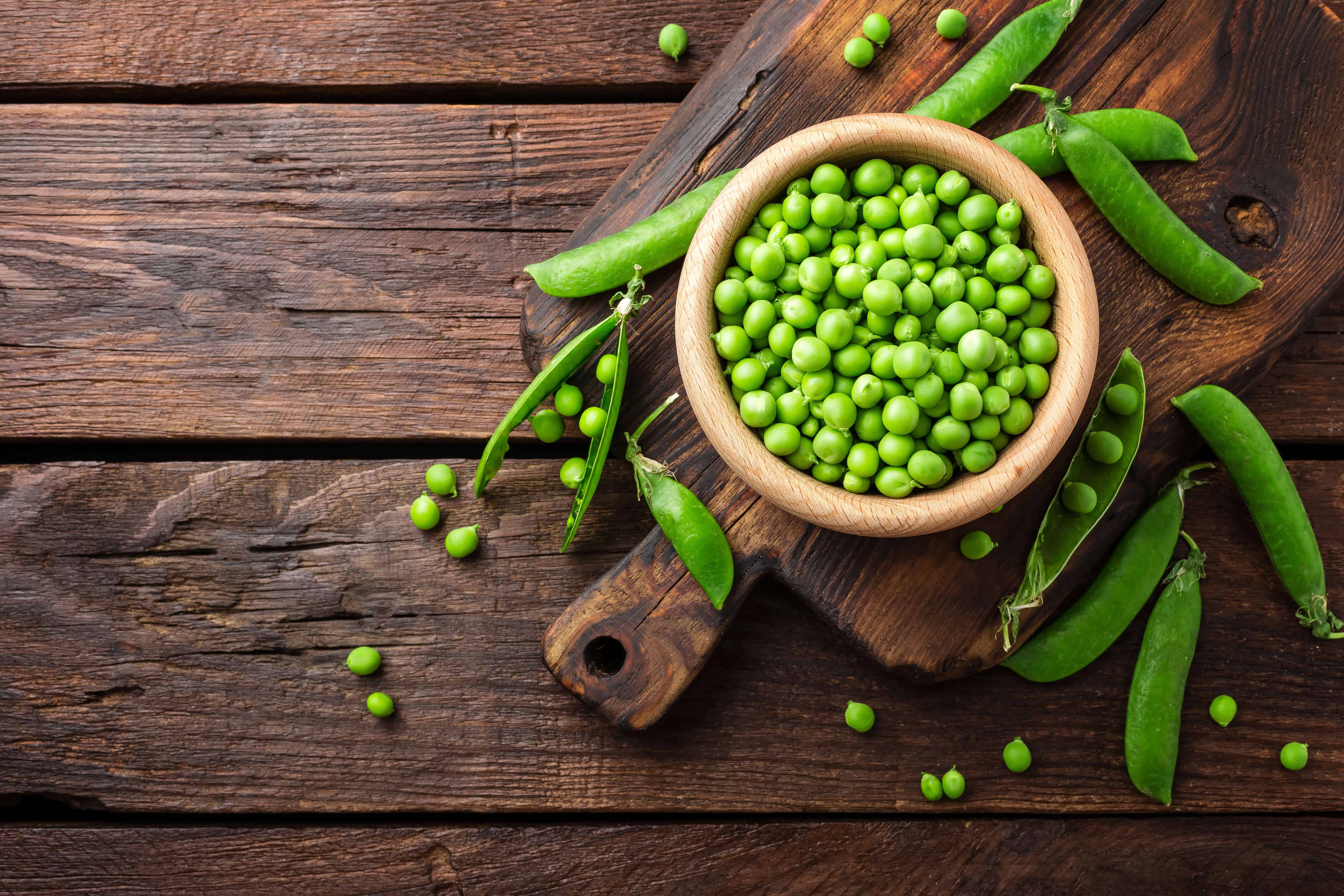DUBLIN–(BUSINESS WIRE)–The “Pea Starch Market by Grade (Food, Feed, Industrial), Application (Food & Beverages, Industrial, Pet Food, Feed), Source, Function (Binding & Thickening, Gelling, Texturizing, Film Forming), Product Type, and Region – Global Forecast to 2026” report has been added to ResearchAndMarkets.com’s offering.
The pea starch market was valued at USD 134 million in 2020, estimated to be USD 143 million in 2021 and is projected to grow at a CAGR of 7.2%, to reach USD 203 million by 2026.
An increase in the demand for pea starch from different end-user application industries that includes food & beverages, pet food, feed and industrial is driving the demand for pea starch. In addition to this, an increase in the demand for gluten-free products among customers across the globe is also a major factor triggering the overall market growth.
Food is estimated to account for the largest share in 2021 for pea starch based on the grade segment.
Pea starch has numerous applications in the food industry. It is used in noodles, meat, frying, soups and sauces, pasta, canned products, dairy products, confectionery, extruded snacks, and breakfast cereals. It is largely used for improving palletization and texture. Pea starch helps in providing stability during the processing of food products, which makes it a suitable ingredient for bakery and canned food products. It also has a thickening property that helps in improving the consistency of food products. Pea starch also acts as an excellent gelling agent. Owing to its numerous beneficial properties, it is used for several applications in the food industry. Below is the list of food applications that employ pea starch.
The food & beverage of the application type will hold the largest share in the pea starch market along with growing at one of the fastest rate.
Pea starch finds numerous applications in the food & beverage industry supported by its cost-effectiveness and nutritional benefits. It is used in several food applications, such as processed foods and beverages, confectionery products, dairy products, and bakery products. It is largely used for rendering food products with the required texture, consistency, and stability. Pea starch is a clean label substitute for modified starch potato and corn. Pea starch has witnessed acceptance in recent years in the food & beverage industry due to the increase in demand for natural or organic ingredients over inorganic ingredients. Pea starch is mostly used in soups, sauces, snacks, and savories, as it acts as an excellent thickener and texturizer in these products.
Asia Pacific is expected to hold a significant share in the pea starch market globally.
The pea starch market in the Asia Pacific region is the largest. It is estimated to grow at a significant growth rate due to the rise in demand from large economies, such as China, India, Japan, and other Southeast Asian countries.
Asia is among the largest pea processing regions in the world. In 2018, China imported nearly 1.8 million tons of dried peas for processing. These Asia Pacific countries primarily process these peas for manufacturing pea starch, pea protein, and pea fiber. The pea starch produced is mostly utilized in the region, mainly for manufacturing vermicelli and noodles. Apart from this, pea starch produced in the region is also used for feed and aquaculture applications.
The demand for natural ingredients and clean-label food products is increasing drastically in this area. In addition, the level of investment in the food & beverage industry in Asia and the Pacific regions has increased over the past quarter-century, particularly in China, contributing to its rapid economic growth. Many players in the region are manufacturing pea starch.
Market Dynamics
Drivers
- Growth in Demand for Pea Starch from Various End-Use Industries
- Increase in Demand for Gluten-Free Food Products
- Growing Consumer Awareness About Nutritional Benefits Offered by Pea and Pea-Based Products
- Growing Vegan Population and Popularity of Plant-Based Food Products
- Cost-Effectiveness of Manufacturing Pea Starch
Restraints
- Effect of Retrogradation on the Functional Properties of Pea Starch
- Decrease in the Production of Dry Pea
Opportunities
- Rise in Demand from the Pet Food Industry
- Lack of Allergen Properties Encourage Acceptability Against Conventional Plant-Based Proteins
- Advancements in Texture Properties Supporting the Adoption of Baking Ingredients
- Untapped Application of Modified Starch
Challenges
- International and Domestic Food Safety Standards
- Threat of Substitute Starches
- Trade Barriers due to COVID-19 Outbreak
Companies Mentioned
- Agridient B.V.
- AGT Food and Ingredients
- American Key Food Products
- Aminola Vegetable Ingredients
- Axiom Foods, Inc.
- Biostarch
- Cosucra Groupe Warcoing Sa
- Dakota Dry Bean
- Dutch Ingredient Company B.V.
- Emsland Group
- Felleskjopet Rogaland Agder
- Herba Ingredients
- Ingredion Incorporated
- Meelunie B.V.
- Nutri-Pea
- Parrheim Foods
- Puris Foods
- Roquette Freres
- Sanstar Bio-Polymers Ltd.
- Shandong Jianyuan Group
- Sinofi Ingredients
- The Scoular Company
- Vestkorn Milling As
- Yantai Oriental Protein Tech Co., Ltd.
- Yantai Shuangta Food Co., Ltd.
For more information about this report visit https://www.researchandmarkets.com/r/yrl31q
Contacts
ResearchAndMarkets.com
Laura Wood, Senior Press Manager
[email protected]
For E.S.T. Office Hours Call 1-917-300-0470
For U.S./CAN Toll Free Call 1-800-526-8630
For GMT Office Hours Call +353-1-416-8900






